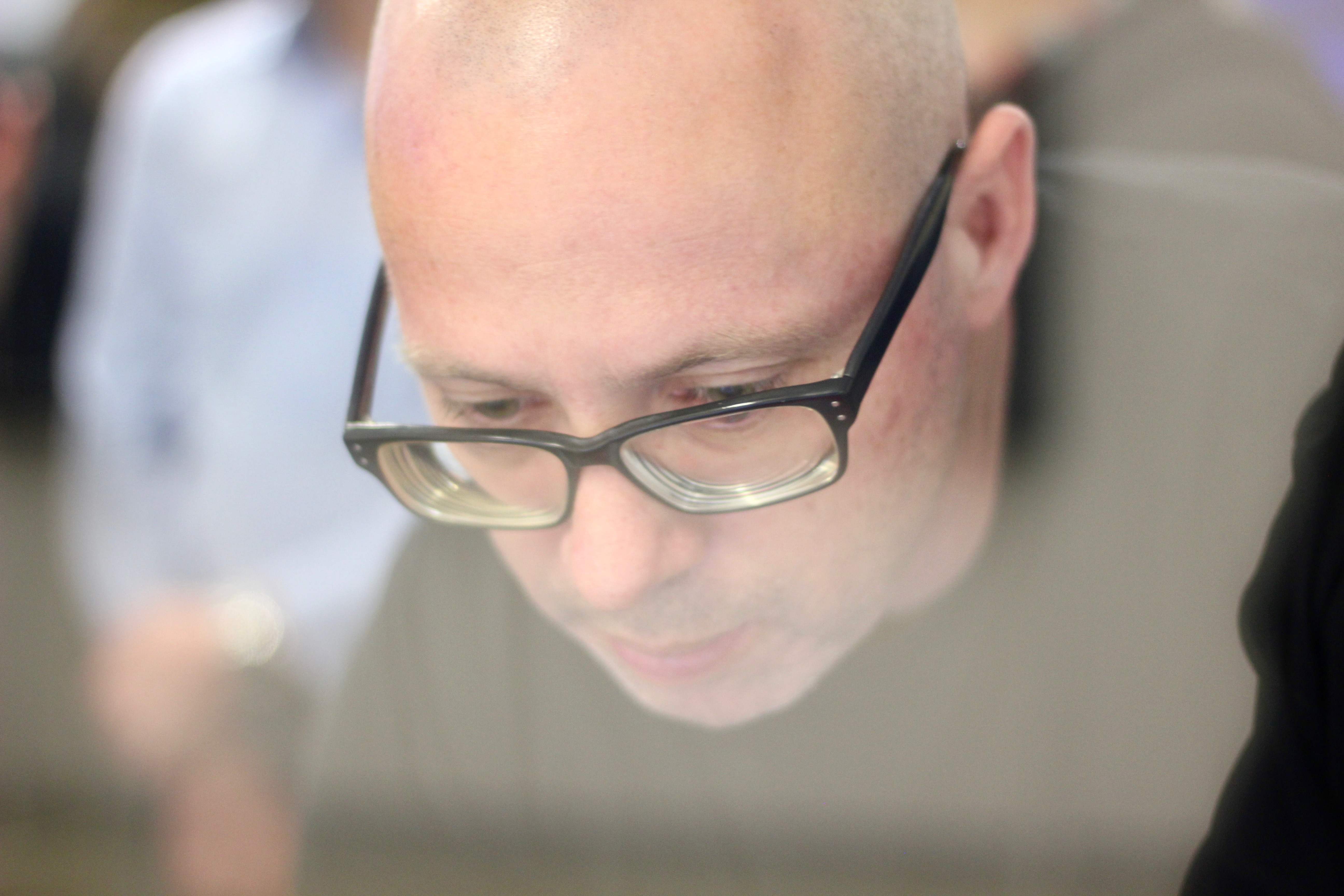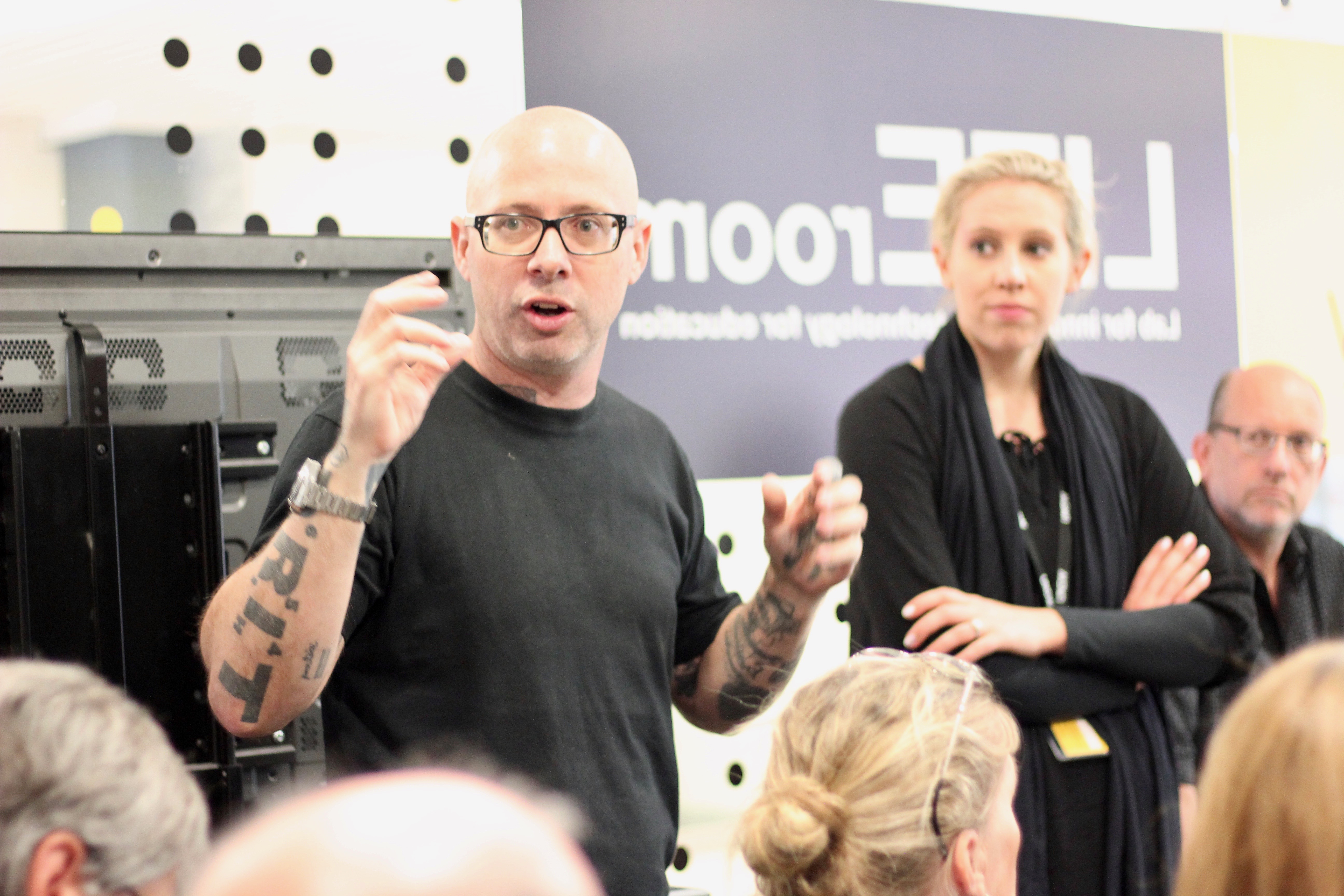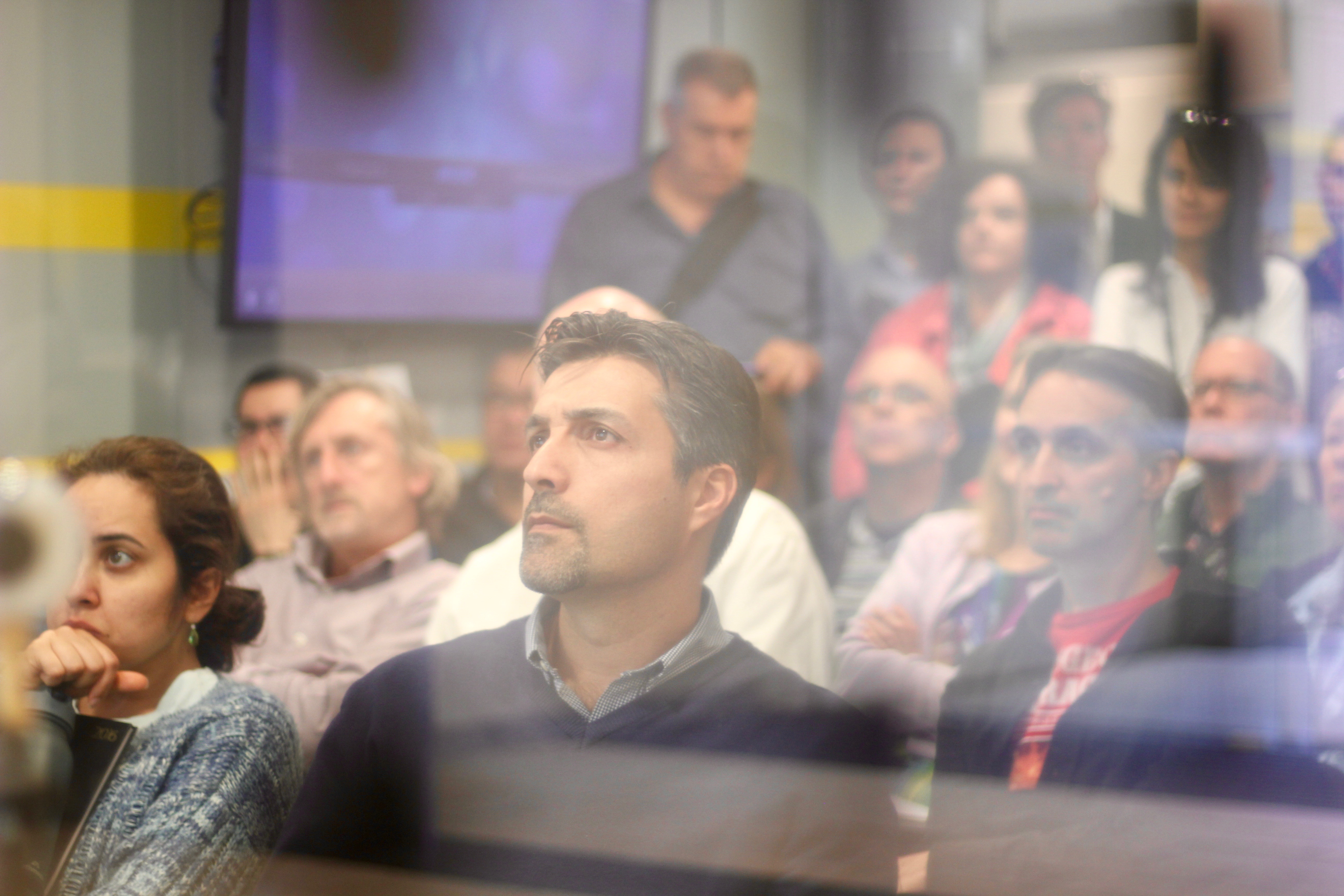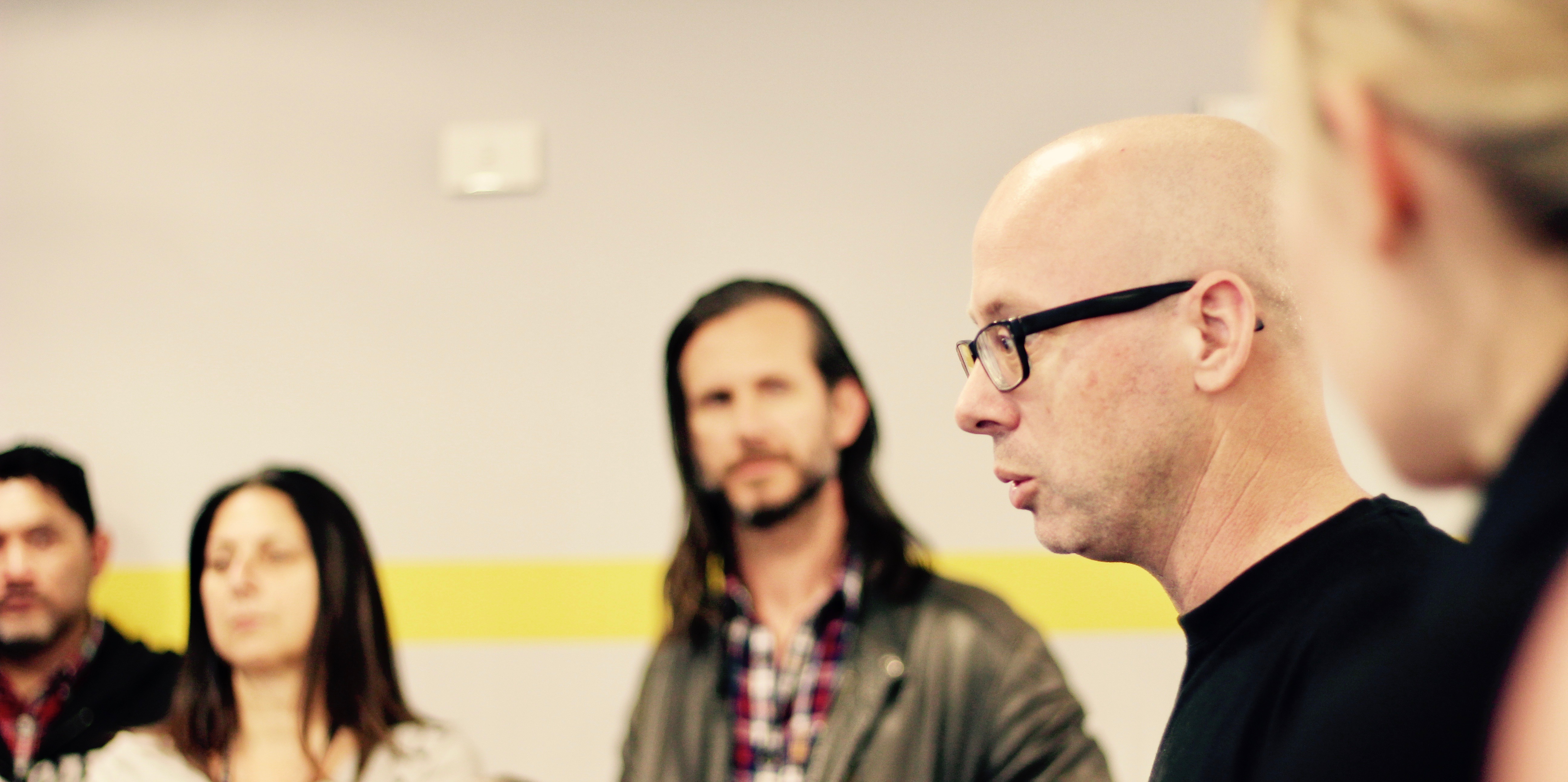Virtual Reality and Augmented Reality research is in full swing at UNSW Australia. The latest technologies are being used by teaching staff and researchers from facilities as diverse as Art and Design, the Built Environment, Engineering and Medicine. Facilitating this is the LITEroom, a dedicated space for UNSW to showcase new educational technologies, allowing staff hands-on access to new products and equipment that have the potential to make a positive contribution to learning and teaching practices.
And at the centre of this research is LITEroom. The Lab for Innovation in Technology for Education (LITEroom) is a dedicated hub for UNSW to showcase new educational technologies, allowing staff hands-on access to new products and equipment that have the potential to make a positive contribution to learning and teaching practices. The LITEroom also aims to supports staff in integrating efficient digital solutions into their everyday activities. The LITEroom is a collaboration between PVC(E) Learning Environments and UNSW IT.
LITEroom will showcase a range of innovative and emerging education technologies and equipment that can transform teaching and learning activities. A regular seminar series will provide an opportunity for staff to showcase and promote innovations in educational technology and a platform for exposure to these technologies for attendees.

Last week in the LITEroom, it was standing room only as Russell Lowe demonstrated The Situation Engine. The Situation Engine allows construction workers to navigate potentially life-threatening scenarios by ‘virtually’ walking through 3D building sites using a computer or oculus rift headset. It is the first software of its kind to be developed by construction safety experts who are also UNSW academics, Associate Professor Sidney Newton and Russell Lowe. The Situation Engine is currently used as an educational tool in the construction management and architecture programs at UNSW and other Australian universities.
Meanwhile, over at Art Design, John McGhee is using the Oculus Rift and gaming engine Unity to create a virtual model of breast cancer cells that doctors can use to examine the disease like never before. “As well as the obvious educational role this can play, it has the potential to allow cancer researchers to see their data in a new way, which can help them design better nanotherapies,” said John McGhee, in a
recent interview with The Sydney Morning Herald.Simon Trevaks and Jason Chan from the UNSW Arts and Social Sciences Technical Resource Centre have held a number of presentations on 360 cameras and how they can be used in research and teaching purposes. Links to previous events they’ve held and a
FAQ can be found on the TRC website.
David Bryan, IT Strategy believes consumer grade VR technology is pushing the technology forward. “We saw VR used in pockets around campus in the past, but this current explosion in VR is fuelled by the cheap accessible handsets we’re seeing come to market.” He invites anyone interested in the technology to join the
VR and AR Yammer group, and connect with other researchers and technologists in the field.
If you’re interested in upcoming events at the LITEroom, or would like to host a seminar yourself, contact
Adam Goc. And if you’re working on something you’d like us to cover, let us know in the comments below.

 Last week in the LITEroom, it was standing room only as Russell Lowe demonstrated The Situation Engine. The Situation Engine allows construction workers to navigate potentially life-threatening scenarios by ‘virtually’ walking through 3D building sites using a computer or oculus rift headset. It is the first software of its kind to be developed by construction safety experts who are also UNSW academics, Associate Professor Sidney Newton and Russell Lowe. The Situation Engine is currently used as an educational tool in the construction management and architecture programs at UNSW and other Australian universities.
Last week in the LITEroom, it was standing room only as Russell Lowe demonstrated The Situation Engine. The Situation Engine allows construction workers to navigate potentially life-threatening scenarios by ‘virtually’ walking through 3D building sites using a computer or oculus rift headset. It is the first software of its kind to be developed by construction safety experts who are also UNSW academics, Associate Professor Sidney Newton and Russell Lowe. The Situation Engine is currently used as an educational tool in the construction management and architecture programs at UNSW and other Australian universities.

